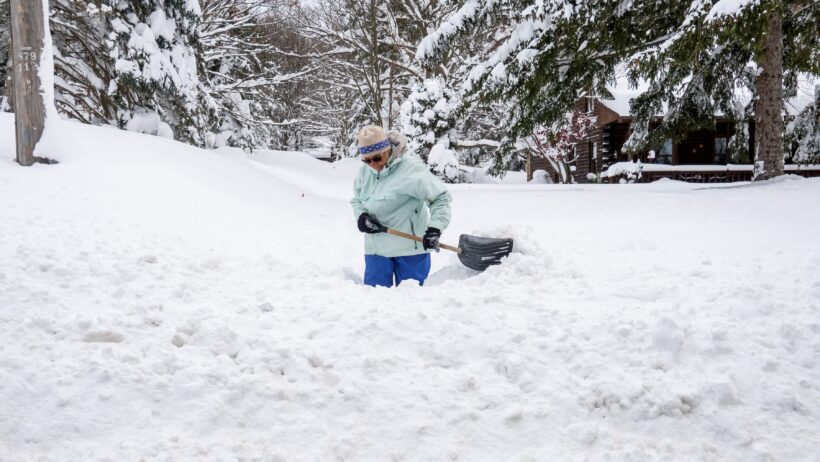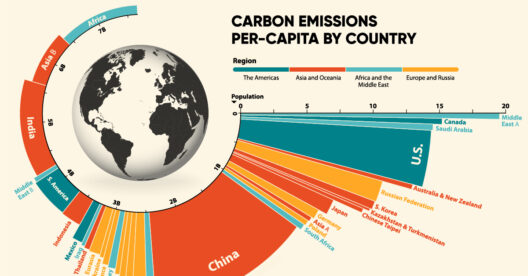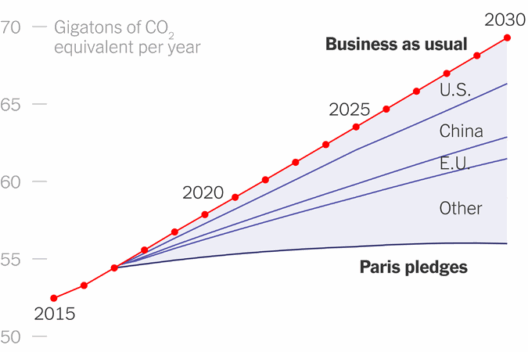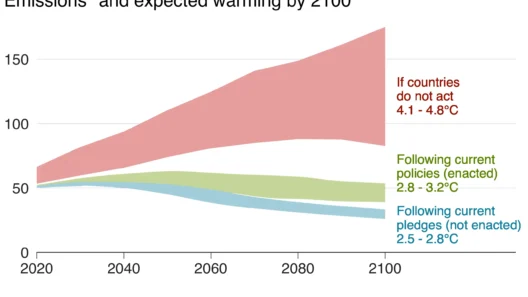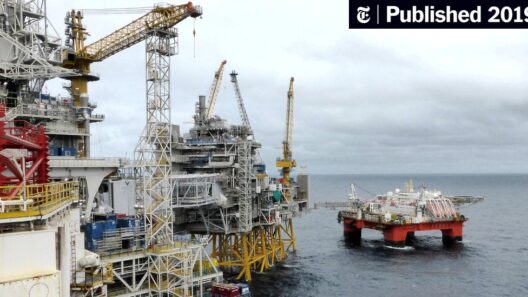The intricate dance of our planet’s climate systems is akin to a grand ballroom filled with swirling partners, each moving in time with the other. Yet, occasionally, a misstep occurs, leading to unexpected consequences. One such anomaly, the polar vortex, captivates scientists and laymen alike, as it provides a perplexing lens through which we can examine the impact of climate change on our winters.
At its essence, the polar vortex is a frigid air mass that encircles the polar regions, akin to a fortification of icy winds. Under normal conditions, this vortex spins steadily, confining its chill to the Arctic. However, fluctuations in atmospheric conditions, often exacerbated by climate change, can disrupt this equilibrium, causing the vortex to wobble and send tendrils of cold air spiraling into mid-latitudes, including parts of North America and Europe. This phenomenon raises an intriguing query: Is global warming paradoxically making our winters colder?
To unravel this conundrum, we must first delve into the mechanics of the polar vortex. Characterized by its low-pressure system, the vortex acts as a barrier against the warmer air that resides in lower latitudes. When ocean temperatures rise, particularly in the Arctic, the stark temperature differences that traditionally bolster the polar vortex’s strength begin to diminish. The Arctic warms at a pace nearly twice as fast as the global average, a phenomenon often dubbed Arctic amplification. This unsettling trend destabilizes the vortex, leading to the potential for more extreme winter weather patterns.
One might imagine it as a tightly drawn elastic band. As the Arctic warms, this band becomes slack, permitting colder air to escape into areas that typically enjoy more temperate winters. This is where the intensive heat of climate change intersects with the frigid isolation of the polar vortex, creating a baffling scenario where the planet’s overall warming may yield colder winter conditions in certain regions.
Research indicates that when the polar vortex weakens, it can result in pronounced winter weather anomalies. For instance, in years where the vortex experiences significant disturbances, regions like the central United States may find themselves grappling with unprecedented cold snaps. Such occurrences are often accompanied by blizzards and record-breaking low temperatures, leading many to question the very nature of climate change—how can our planet be warming if we are enduring such bone-chilling winters?
To appreciate the duality of this situation, we must examine the intricacies of atmospheric circulation. The jet stream, a fast-flowing air current in the atmosphere, plays a pivotal role in weather patterns. When the polar vortex is strong, the jet stream remains stable, effectively acting as a wall that keeps cold air contained. However, as the vortex’s integrity wanes, the jet stream becomes more erratic, allowing cold Arctic air to plunge southward. These meridional dips in the jet stream can lead to extended periods of extreme cold in areas not accustomed to such variability, giving rise to the notion of polar vortex-induced winters.
Even though scientific discourse acknowledges this phenomenon, the broader implications raise critical questions about the relationship between climate change and weather variability. The concept of climate versus weather is essential to grasp; while climate describes long-term trends, weather represents short-term conditions. Thus, one cannot attribute a singular cold winter to climate change definitively. Yet, the frequency and intensity of such extremes may be indicative of a shifting climate, leading to more volatile interactions between the polar vortex and the Earth’s atmospheric systems.
Moreover, a growing body of work suggests a feedback loop at play. As Arctic ice melts and the underlying ocean absorbs more heat, the increased warmth contributes to further weakening of the polar vortex. The scenario resembles a self-reinforcing cycle where the effects of climate change perpetuate new weather extremes, further complicating our understanding of global warming’s ramifications.
Within this context, it’s vital to consider the socio-economic ramifications of these meteorological anomalies. Agriculture, infrastructure, and public health emerge as three sectors notably susceptible to the oscillations between extreme cold and warm spells driven by a destabilized polar vortex. Farmers may find their growing seasons disrupted; transportation networks face perilous conditions; and the public health sector must grapple with the ramifications of increased cold-related illnesses.
Education becomes paramount in dispelling misconceptions about climate change. The complexity of the matter poses a challenge, as the public may conflate localized weather events with broader climatological trends. Engaging citizens in discussions about climate literacy fosters a deeper understanding of the connections between temperature anomalies and global patterns, emphasizing that while a particular winter might be colder, the overarching trajectory remains one of warming.
In conclusion, the polar vortex serves as both a barometer and a harbinger of the complexities inherent in our evolving climate. As we navigate the uncertainties that lay ahead, it is incumbent upon us to scrutinize these phenomena, emphasize the bigger picture of climate change, and advocate for sustainable practices that may ultimately mitigate its most severe effects. Winter may bring snow and ice, but the truth of our warming world demands our vigilance and action.



